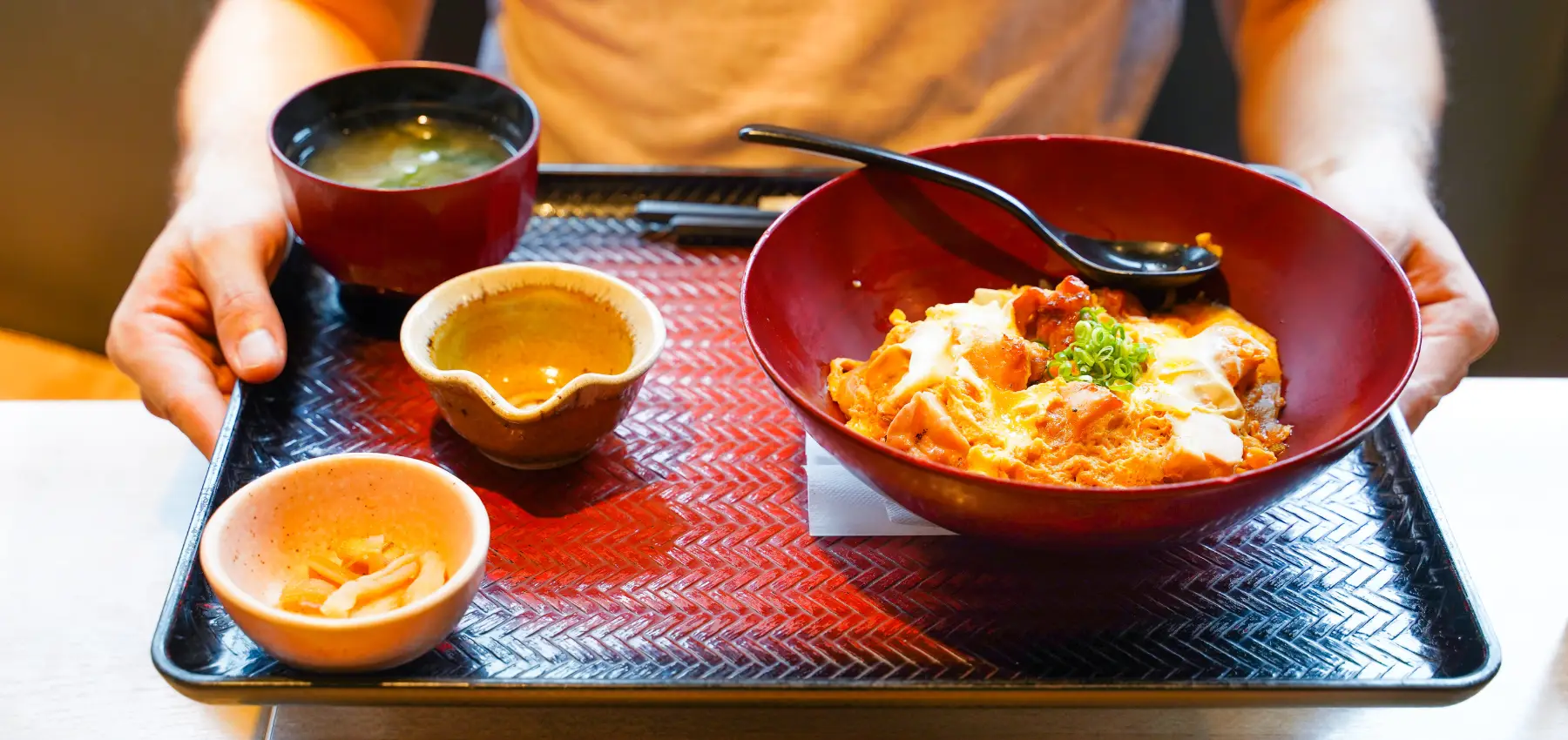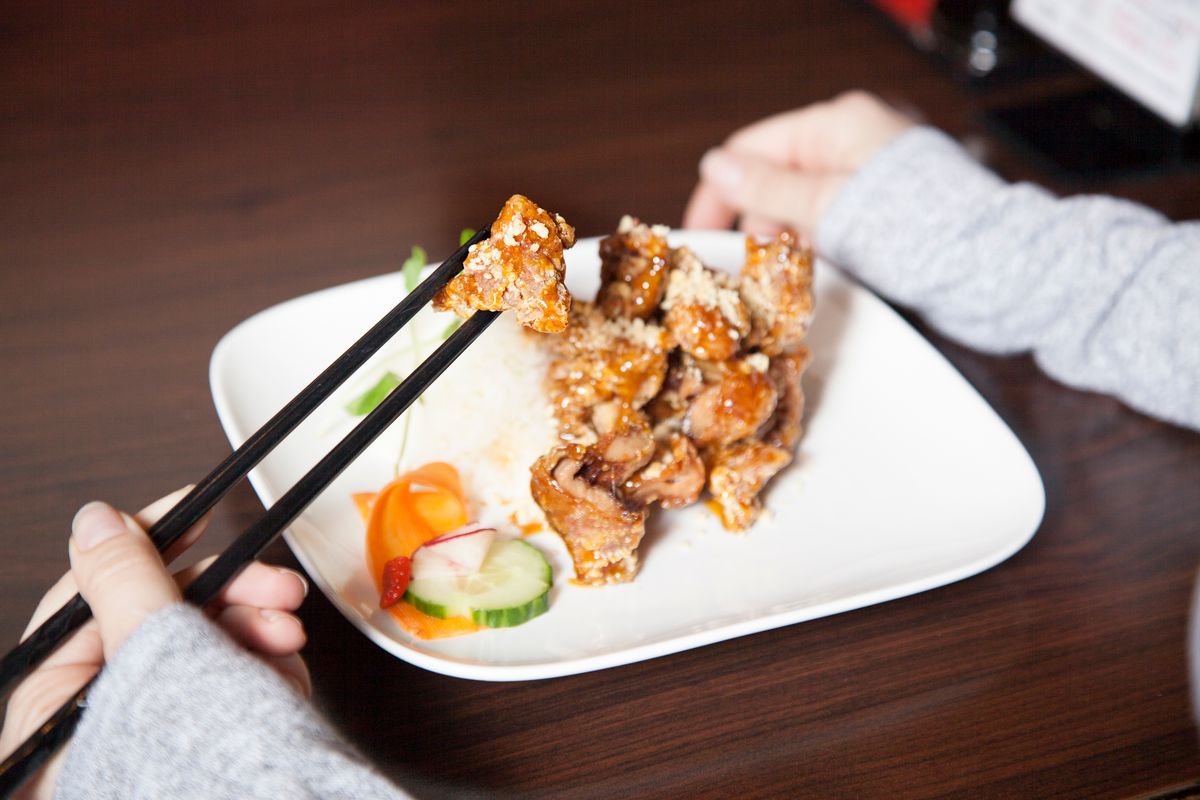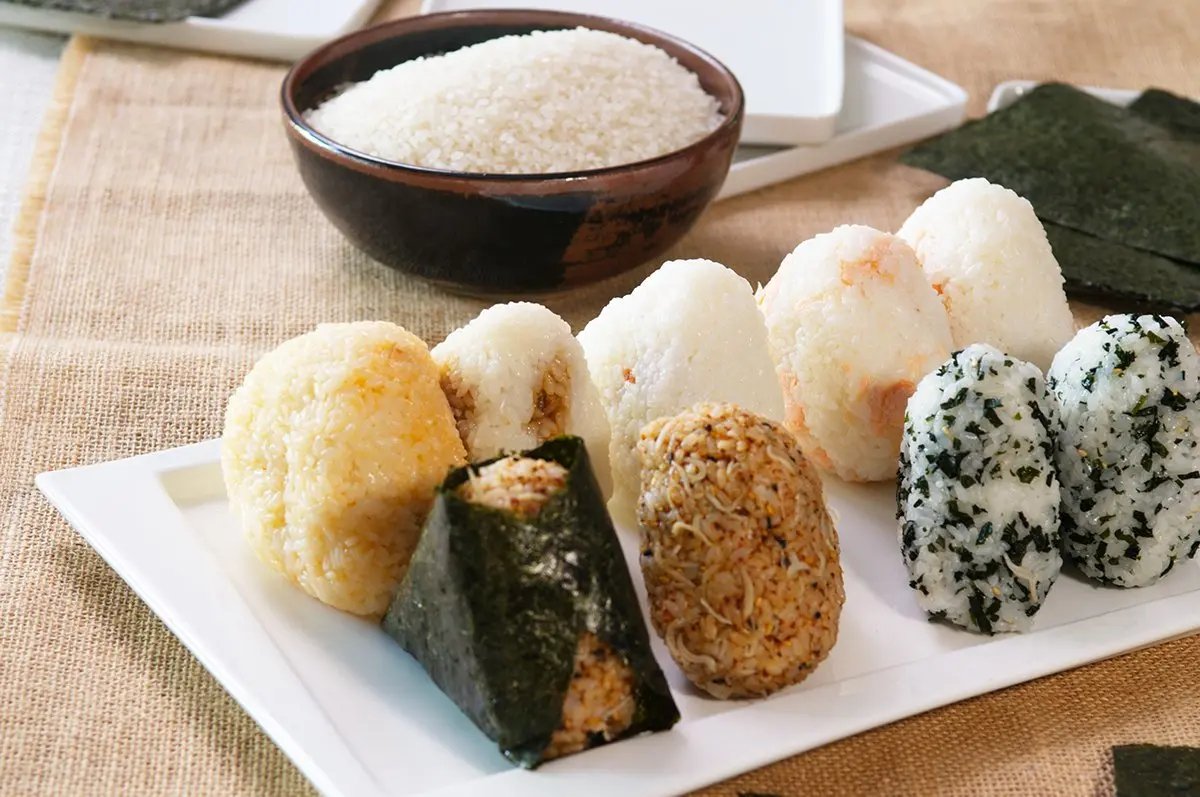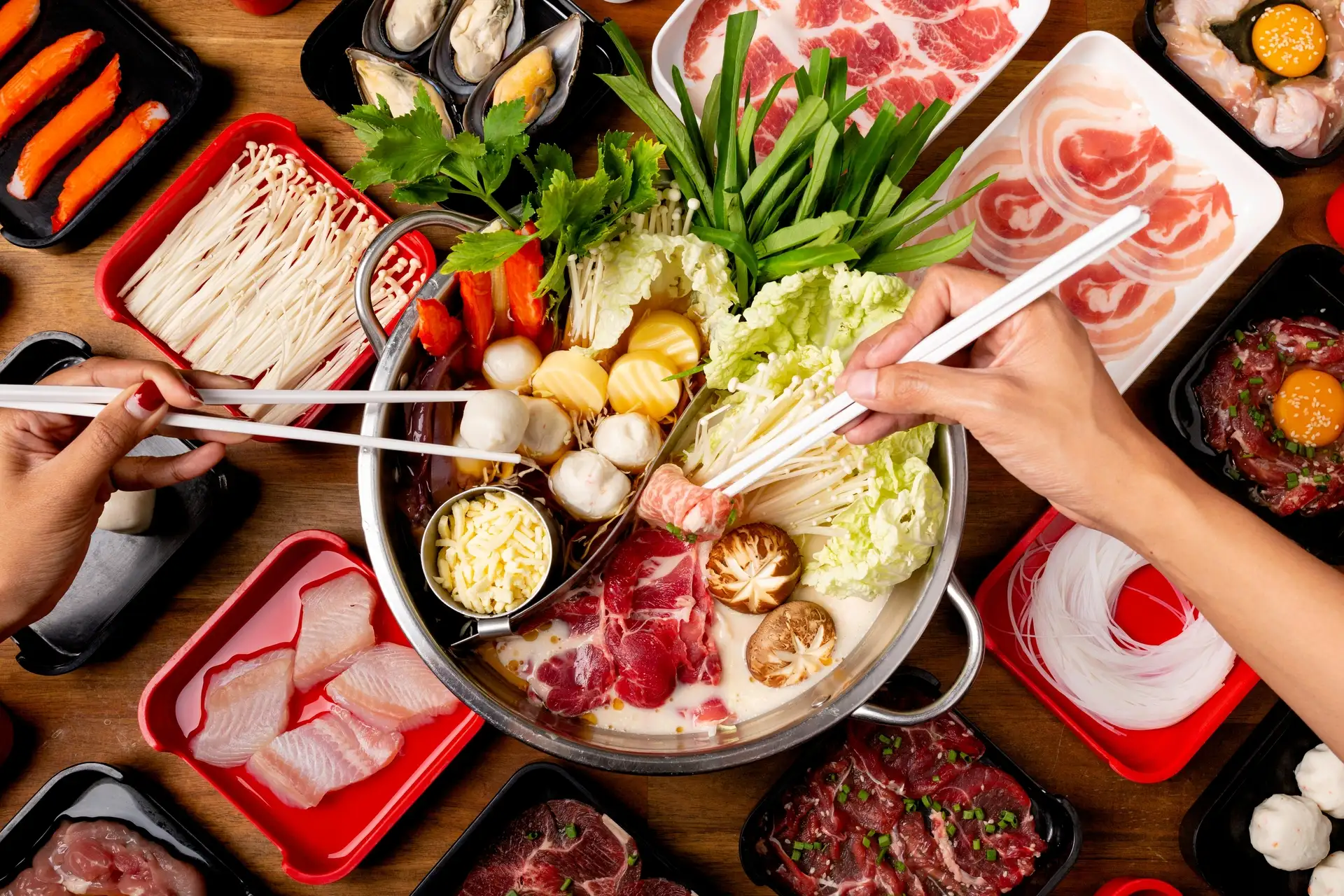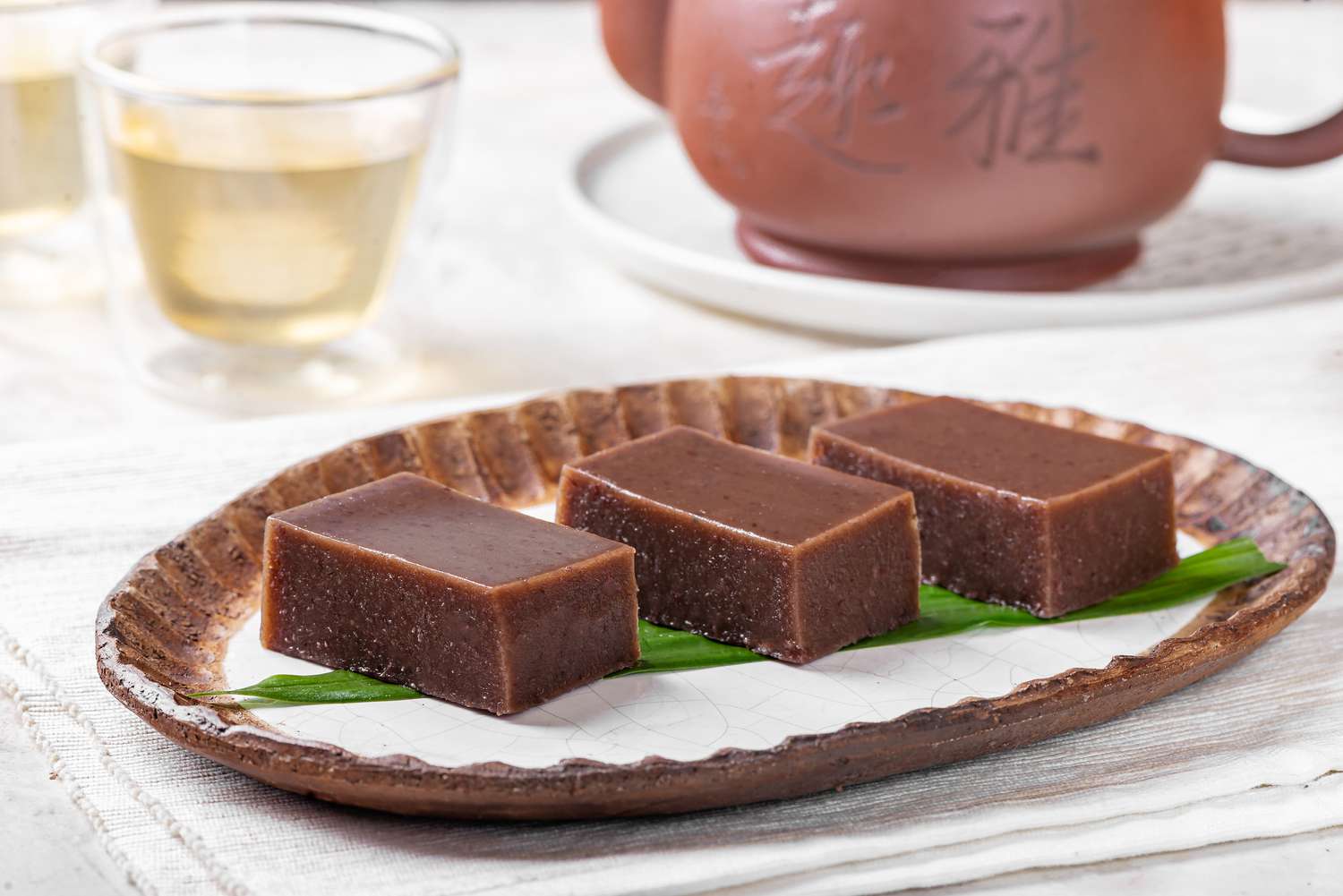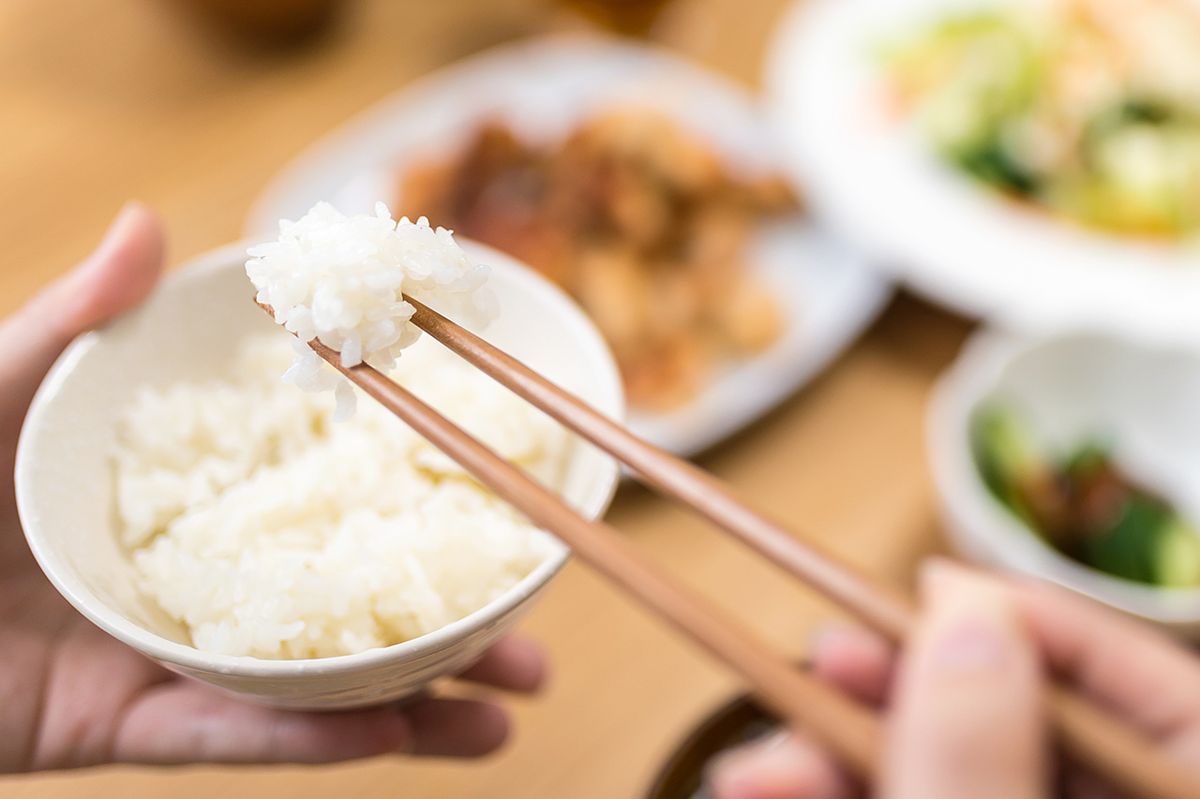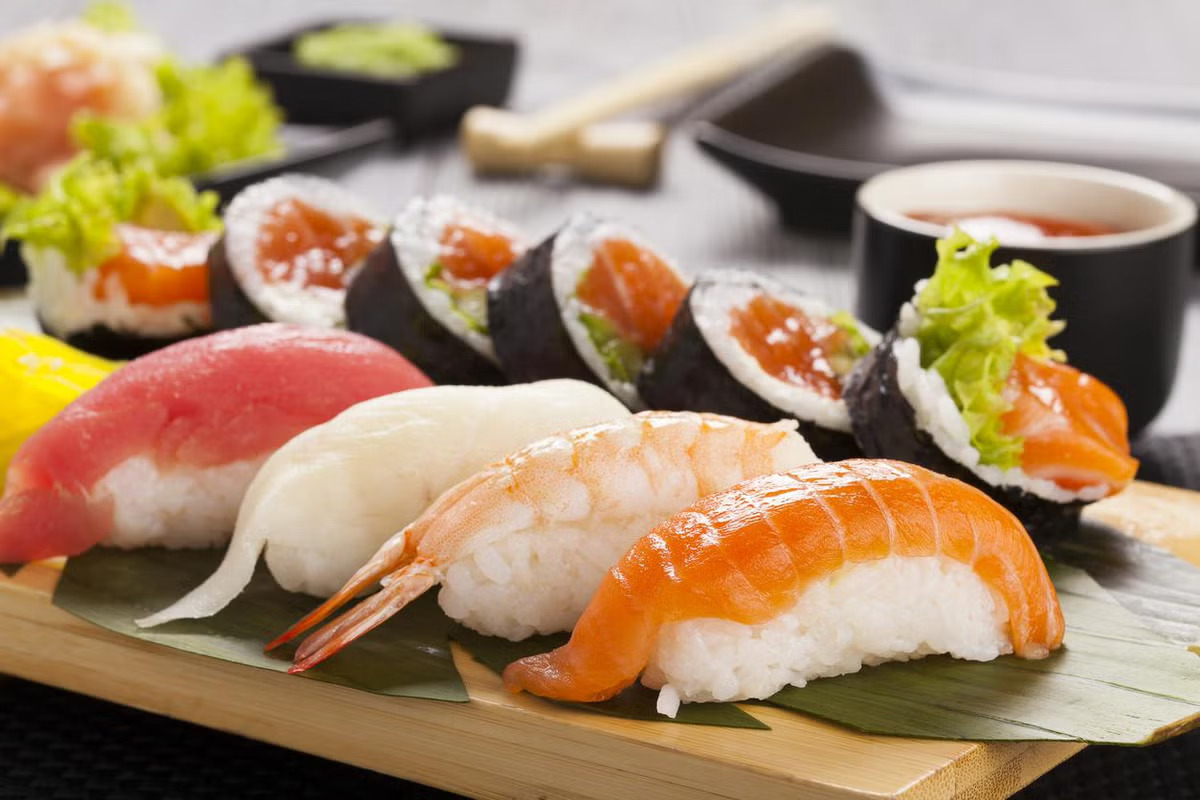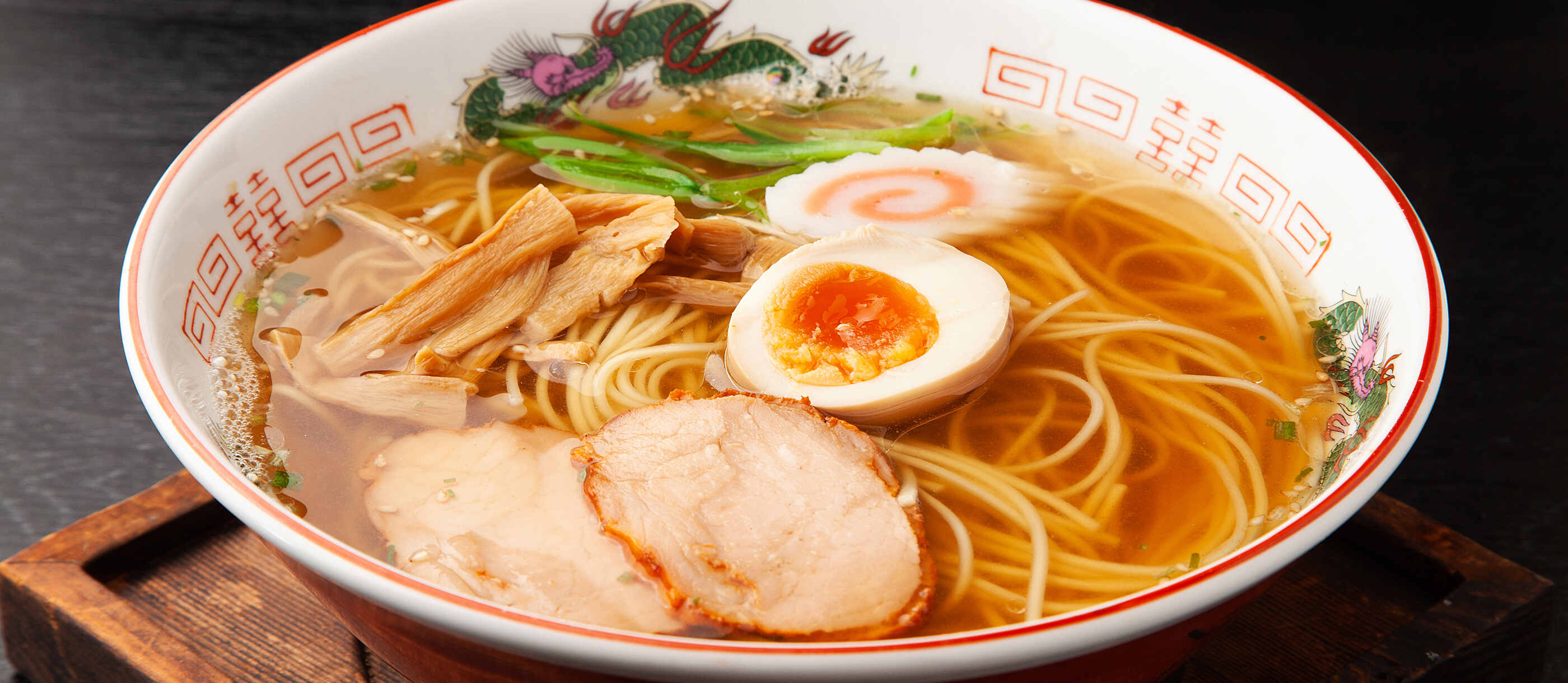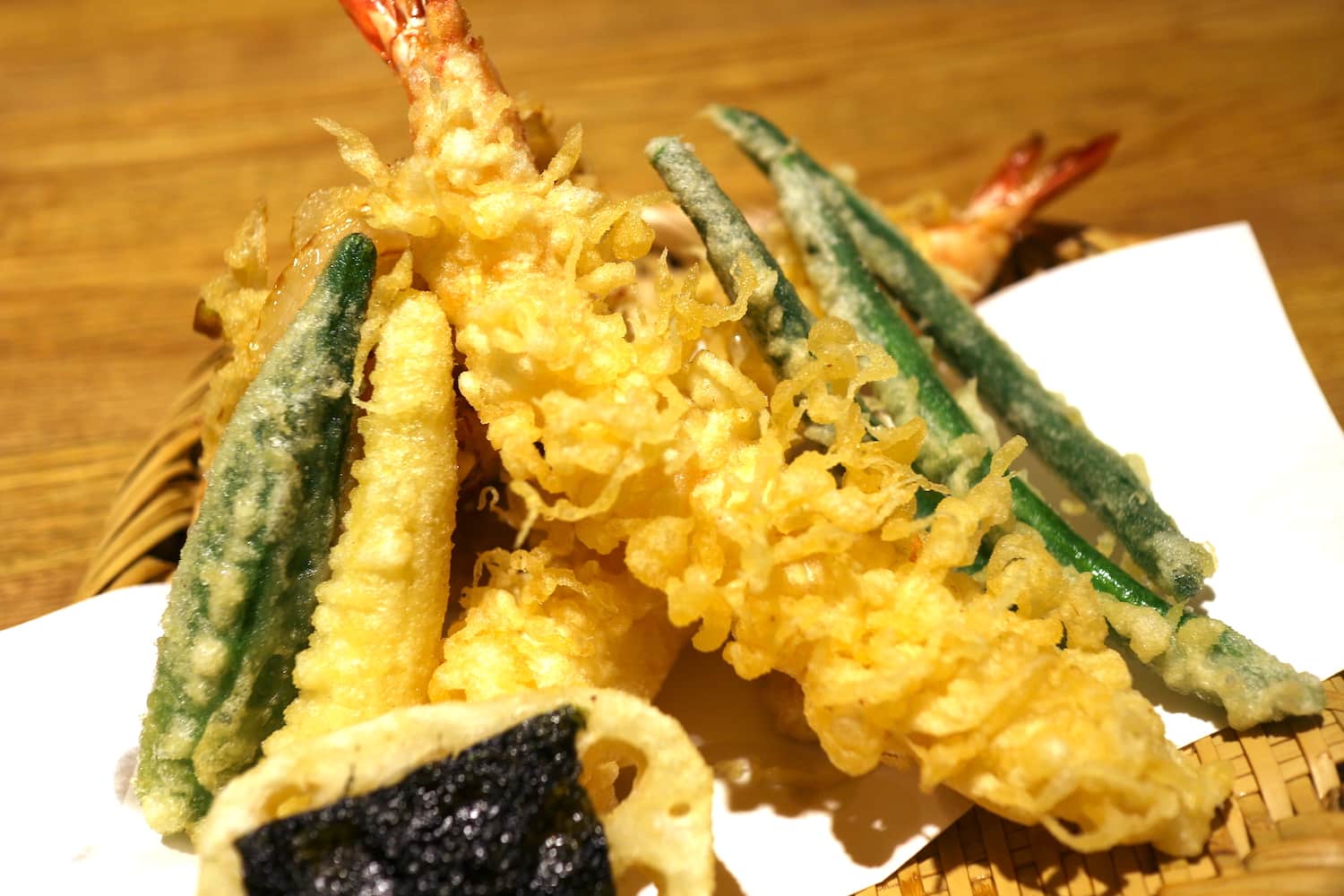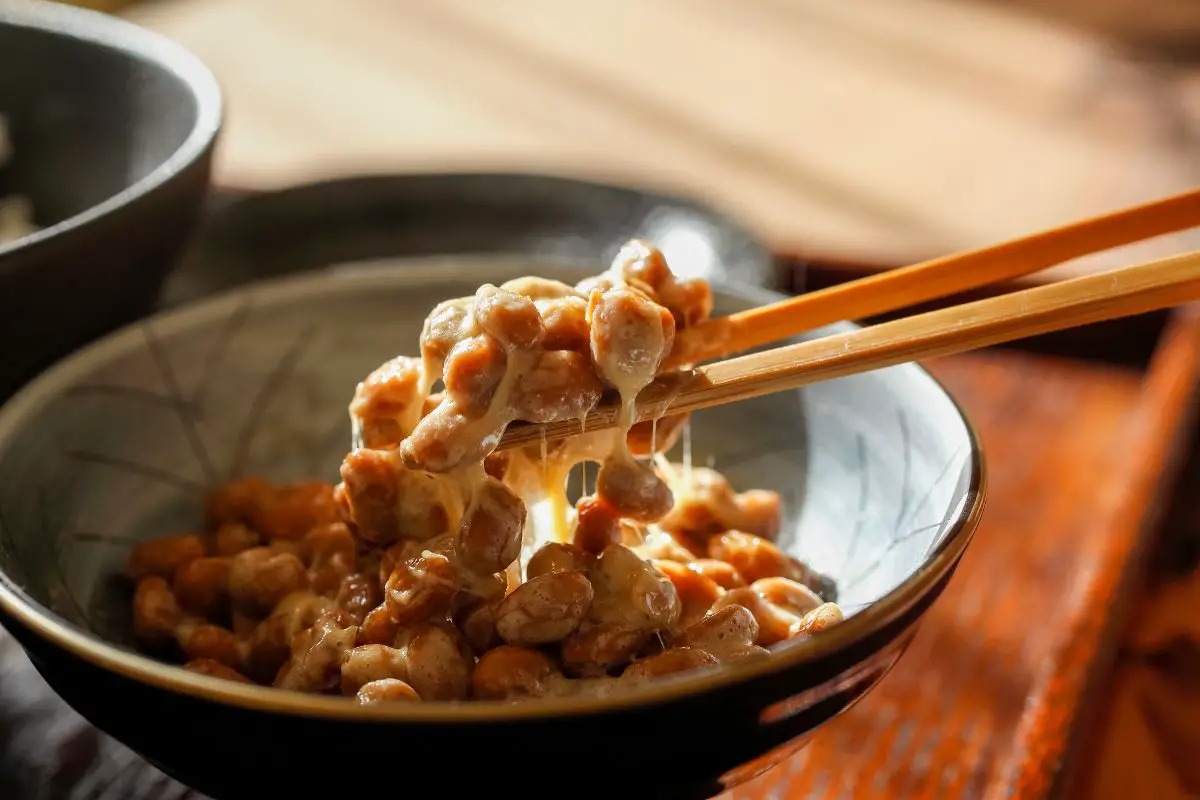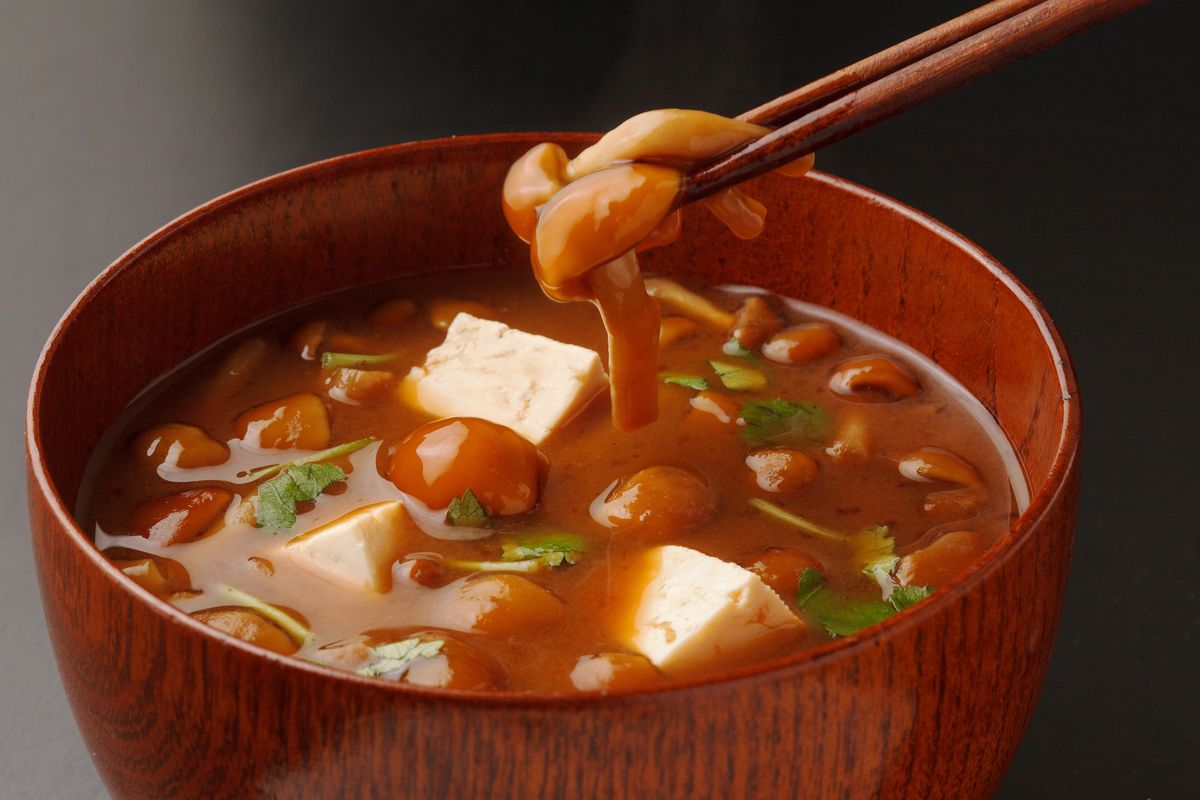How to Eat Like the Japanese: Embracing a Healthy and Balanced Diet
Japanese cuisine is renowned for its emphasis on fresh, seasonal ingredients and a harmonious balance of flavors. The traditional Japanese diet is not only delicious but also incredibly healthy, with a focus on nourishing the body and promoting overall well-being. If you’re looking to adopt a more mindful approach to eating, here are some tips on how to eat like the Japanese.
1. Embrace Fresh and Seasonal Ingredients
One of the key principles of Japanese cuisine is the use of fresh, seasonal ingredients. Whether it’s crisp, tender vegetables in the spring or hearty root vegetables in the winter, Japanese cooking celebrates the natural flavors of each season. When shopping for ingredients, opt for locally sourced produce and seasonal items to ensure that you’re getting the best quality and flavor.
2. Focus on Balance and Variety
The Japanese diet is all about balance and variety. A typical Japanese meal includes a combination of rice or noodles, a serving of protein such as fish or tofu, plenty of vegetables, and a small portion of pickles or other fermented foods. This balanced approach ensures that you’re getting a wide range of nutrients and flavors in every meal.
3. Practice Mindful Eating
In Japanese culture, mealtime is a time for mindfulness and appreciation. Take the time to savor each bite, paying attention to the flavors, textures, and aromas of your food. Eating slowly and mindfully can help you feel more satisfied and prevent overeating, allowing you to truly enjoy and appreciate your meals.
4. Incorporate Seafood into Your Diet
Seafood is a staple of the Japanese diet, and for good reason. Fish and other seafood are excellent sources of protein, omega-3 fatty acids, and various vitamins and minerals. Try incorporating more seafood into your meals, whether it’s through simple grilled fish, sushi, or hearty seafood stews.
5. Enjoy Green Tea
Green tea is a beloved beverage in Japan, known for its numerous health benefits. Rich in antioxidants and other beneficial compounds, green tea can help boost metabolism, improve brain function, and promote overall well-being. Make it a habit to enjoy a soothing cup of green tea with your meals or as a midday pick-me-up.
6. Emulate the Art of Bento Boxes
Bento boxes are a popular way of packing and enjoying meals in Japan. These compartmentalized boxes often contain a variety of small portions, including rice, protein, vegetables, and pickles. Emulate the concept of bento boxes by preparing balanced, portion-controlled meals that offer a diverse array of flavors and nutrients.
7. Experiment with Fermented Foods
Fermented foods like miso, pickles, and natto are commonly consumed in Japanese cuisine. These foods are not only flavorful but also rich in probiotics, which can support gut health and digestion. Experiment with incorporating fermented foods into your diet to experience their unique flavors and potential health benefits.
8. Keep Portions in Check
Japanese portion sizes are typically smaller compared to those in many Western countries. By keeping portions in check, you can prevent overeating and better tune in to your body’s hunger and fullness cues. Aim to serve yourself smaller portions and take the time to enjoy each bite, allowing yourself to feel satisfied without overindulging.
9. Prioritize Fresh, Homemade Meals
While it’s convenient to dine out or rely on pre-packaged meals, the Japanese approach to eating emphasizes the value of fresh, homemade meals. By preparing your own meals, you have full control over the ingredients and cooking methods, allowing you to create nourishing and wholesome dishes that support your overall health and well-being.
10. Embrace the Joy of Cooking
Cooking is considered an art form in Japan, and many people take great pleasure in preparing meals for themselves and their loved ones. Embrace the joy of cooking by experimenting with new recipes, honing your culinary skills, and finding delight in the process of creating delicious and nutritious meals.
By incorporating these principles into your eating habits, you can enjoy the many benefits of a Japanese-inspired diet, including improved health, a greater appreciation for food, and a deeper connection to the natural world. Embracing the art of Japanese eating is not only a journey towards better nutrition but also a celebration of the rich culinary traditions that have nourished generations for centuries.

